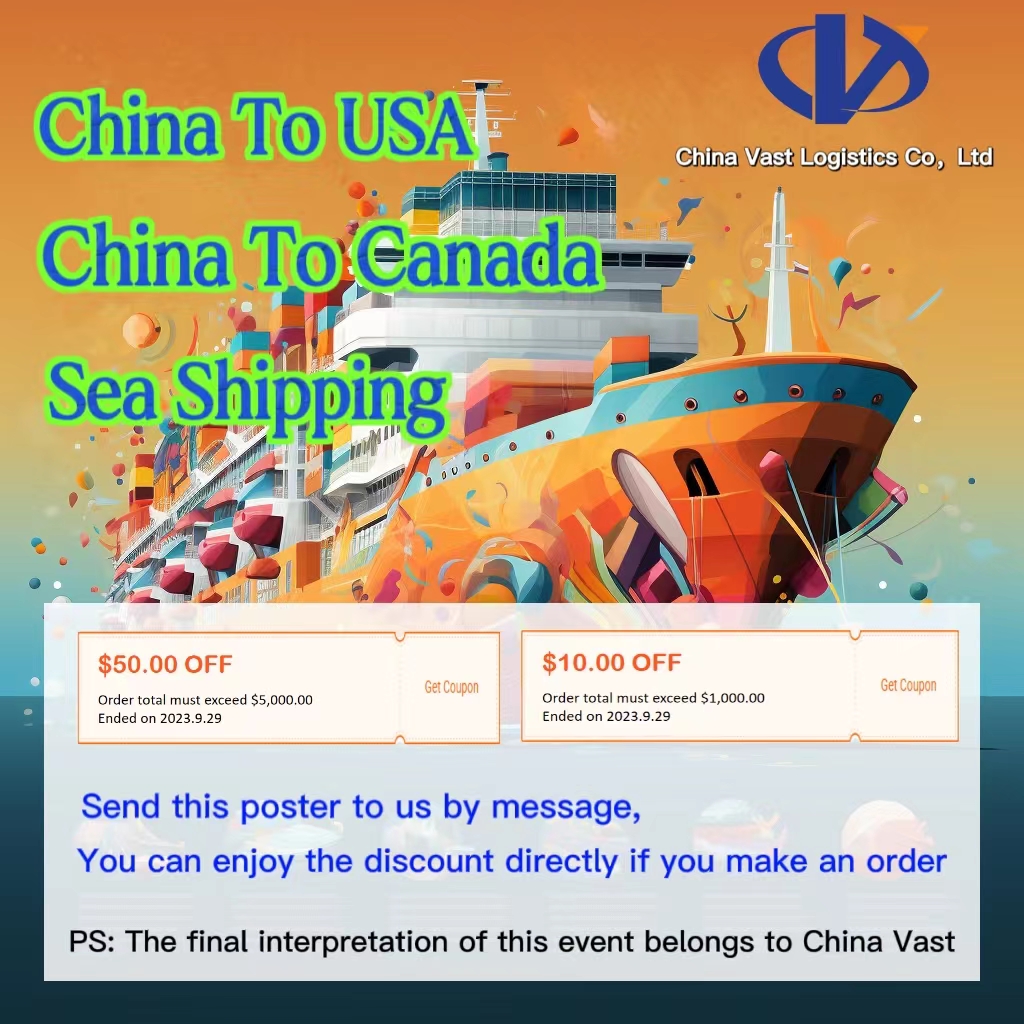Recently, a fierce fee dispute broke out between Chittagong Port and shipping companies. In a bold move, Chittagong Port revoked the berthing licenses for two Maersk vessels and seven CMA CGM vessels, citing “violation of surcharge regulations.” This strong stance quickly became a focal point within the shipping industry, with the background being the chain reaction triggered by Chittagong’s significant hike in port fees.
Chittagong Port’s “Fee Hike”: A Long-Awaited Action After Years of Inactivity
In September this year, despite opposition from the industry, Chittagong Port Authority (CPA) announced a comprehensive increase in port fees, which took effect from October 15. This marks the first price increase in nearly 39 years, with an overall fee increase of 41%. The average handling fee per container surged from 4,395 Bangladeshi Taka to 16,243 Taka (approximately 948 RMB). Specifically, the handling fee for a 20-foot container jumped from around 309 RMB to about 484 RMB. Even after this hike, Chittagong’s handling fees remain relatively low globally and are comparable to other Southeast Asian ports. However, the port has a wide range of fees, with more than 150 items listed.
This substantial fee increase was not a hasty decision, but rather the result of multiple considerations. First, there was significant cost pressure. The current fee structure dates back to 1986, and after more than 30 years without substantial adjustment, it can no longer cover current operational costs. Second, the fee hike aims to address port congestion and the issue of container stacking. Previously, severe congestion led to daily losses of $15,000 to $20,000 per ship, and empty containers occupying space in yards. Raising fees is expected to force stakeholders to enhance efficiency. Third, the port aims to attract foreign investment. Chittagong plans to hand over key container terminals, including Patenga and New Mooring, to operators from Saudi Arabia, the UAE, and Singapore, and the fee increase is intended to boost its attractiveness to potential investors.
Shipping Companies “Counterattack”: Surcharges Hit with a “Red Card”
In response to Chittagong’s fee hikes, shipping companies were unwilling to absorb the increased costs and began imposing various surcharges to pass on the burden. Mediterranean Shipping Company (MSC) announced that, starting October 16, it would impose a port cost surcharge on goods entering or leaving Chittagong. The surcharge would be $100 per dry container, $150 per refrigerated container, and $200 per hazardous cargo, applicable to destinations outside of the U.S. and Asia. Maersk significantly increased its terminal handling charges (THC), raising the fee for a 20-foot container from $120 to $165 and for a 40-foot container to $310. CMA CGM and its subsidiaries, CnC and ANL, introduced an emergency cost surcharge of $45 for a 20-foot dry container, $70 for a 40-foot container, and even higher fees for special cargo.
However, Chittagong Port strongly responded to these surcharges. Citing “violations of surcharge regulations,” it revoked the berthing licenses for seven CMA CGM vessels and two Maersk vessels. Without these licenses, ships are forced to wait at anchor, resulting in massive losses for shipping companies. Ultimately, Maersk backed down, obtaining temporary licenses under the condition that it would not impose surcharges or additional fees, and even had to withdraw its price increase announcement from its official website.
Cost “Pass-Through”: Shippers Likely to Bear the Final Burden
The ultimate distribution of the increased costs due to the dispute between Chittagong Port and the shipping companies remains a key point of interest. According to estimates from the International Finance Corporation (IFC), with the fee hike, Chittagong will become the second-highest priced port in the region. Each import container will cost an additional 334 Bangladeshi Taka, and each export container will cost an additional 178 Bangladeshi Taka.
The president of the Bangladesh Shipping Agents Association noted that shipping companies are unlikely to absorb the additional costs themselves and will likely increase overall freight rates, passing the costs on to shippers. After all, Chittagong handles approximately 92% of Bangladesh’s imports and exports and 99% of its containers, leaving shippers with few alternatives. Consequently, shippers will likely face higher costs, referred to as a “toll” to access Chittagong Port.
This dispute between Chittagong Port and shipping companies not only highlights the tension between port operational costs and fee structures but also underscores the complex web of interests in the shipping market. For shippers using Chittagong routes, it is advisable to confirm freight charges with shipping companies in advance and remain vigilant about potential sudden surcharges.

